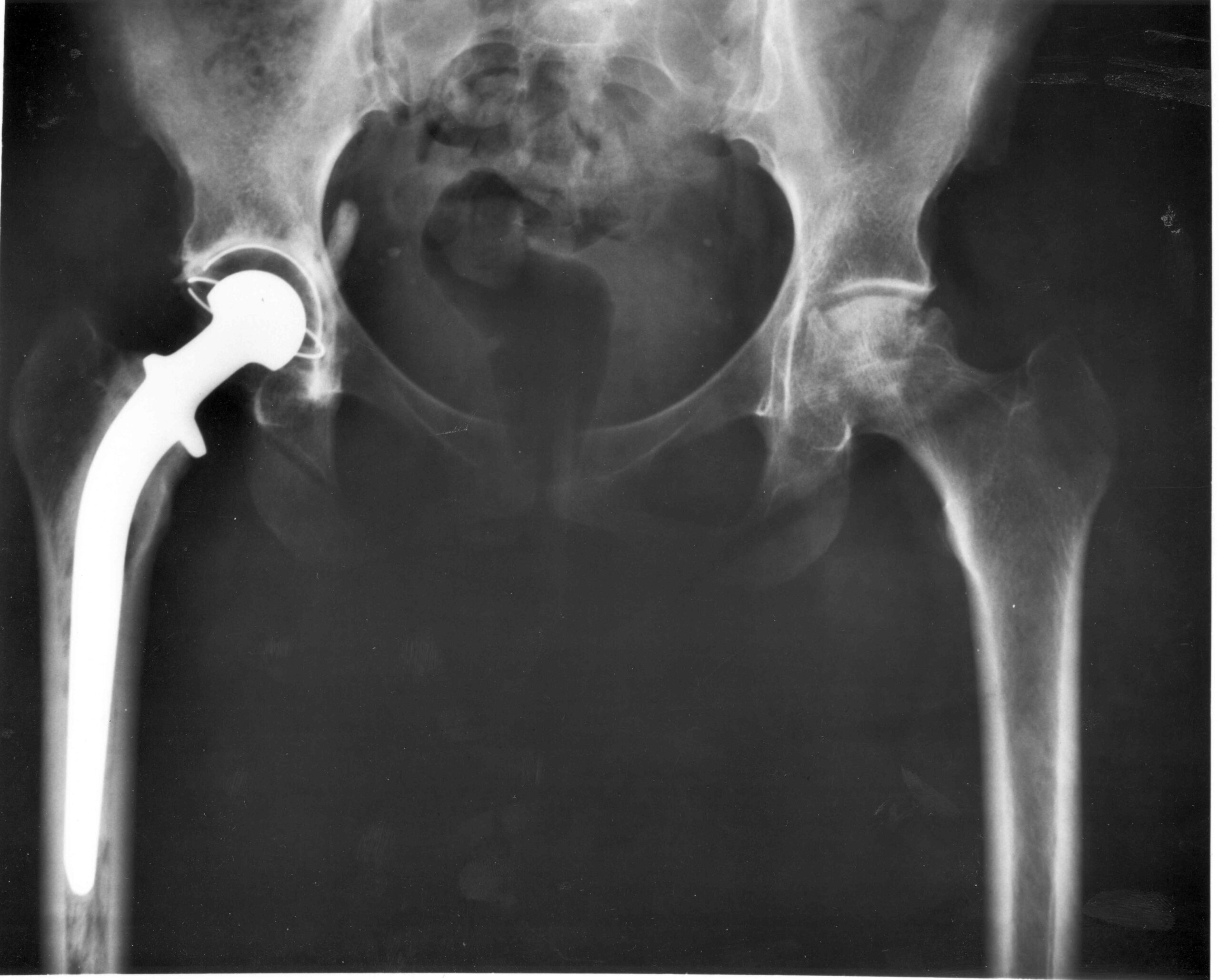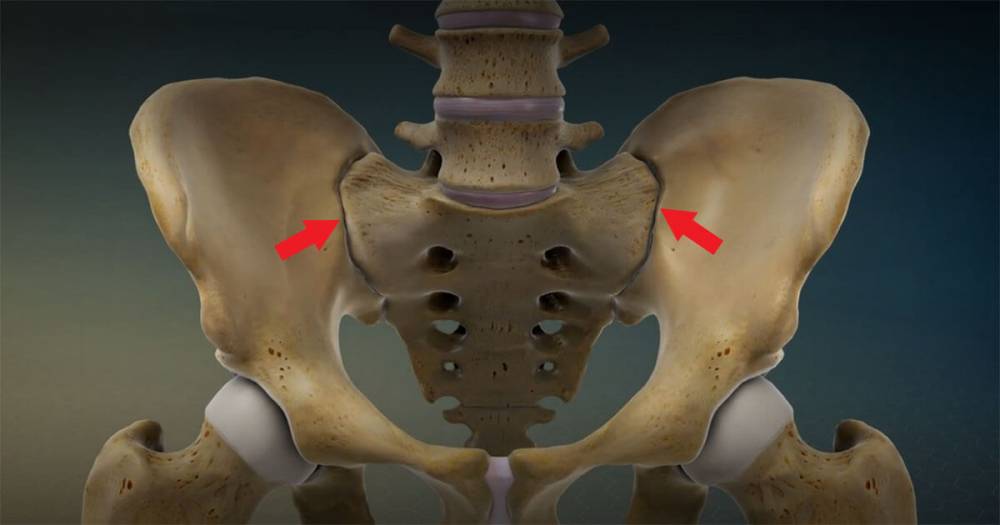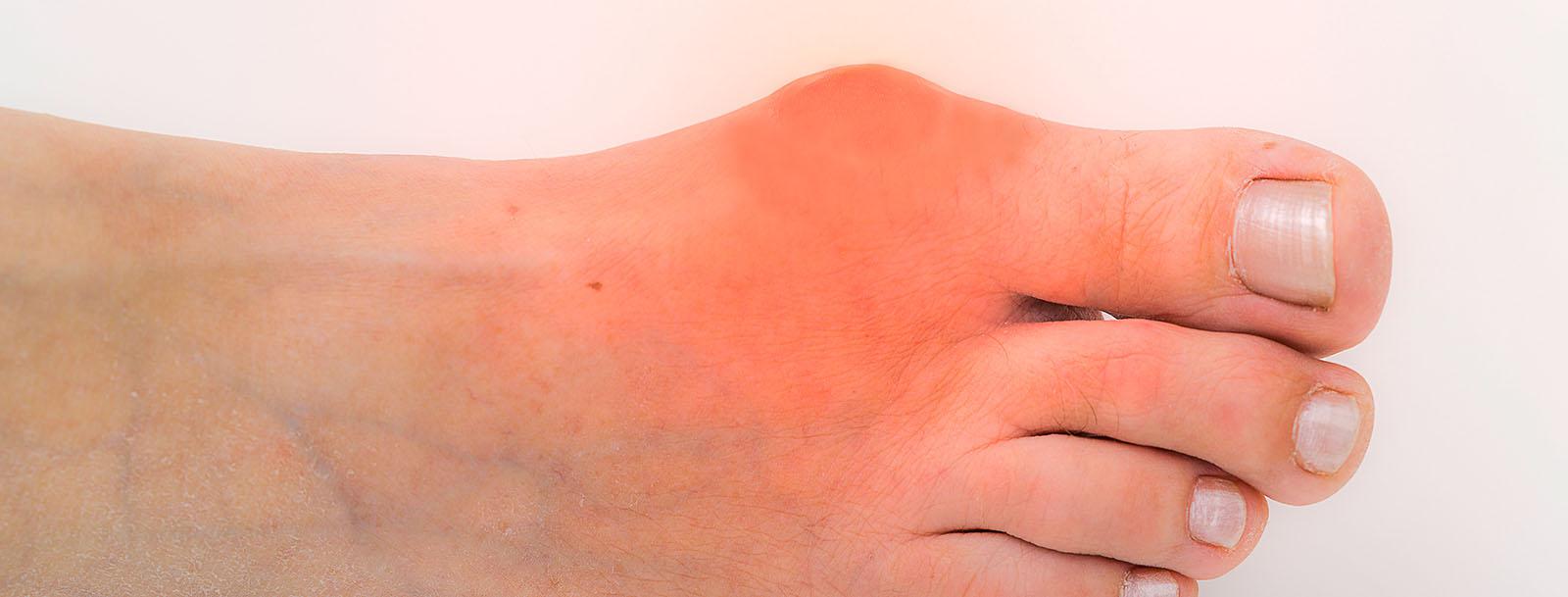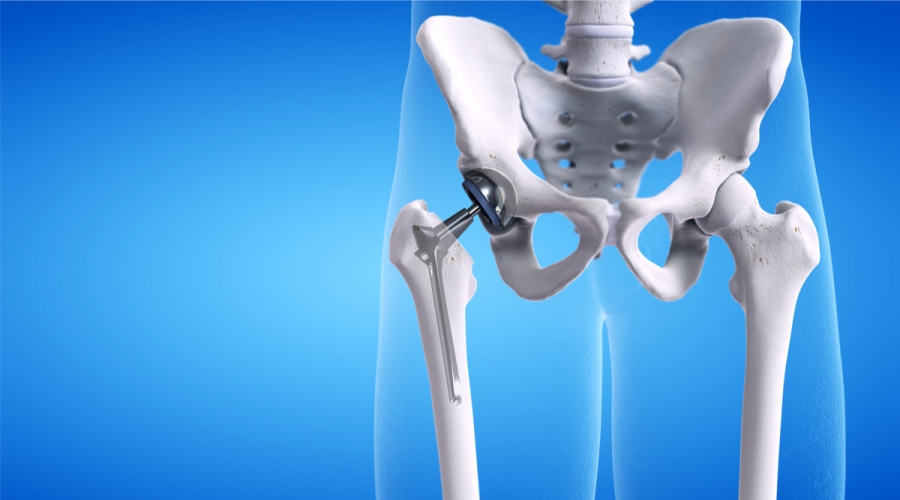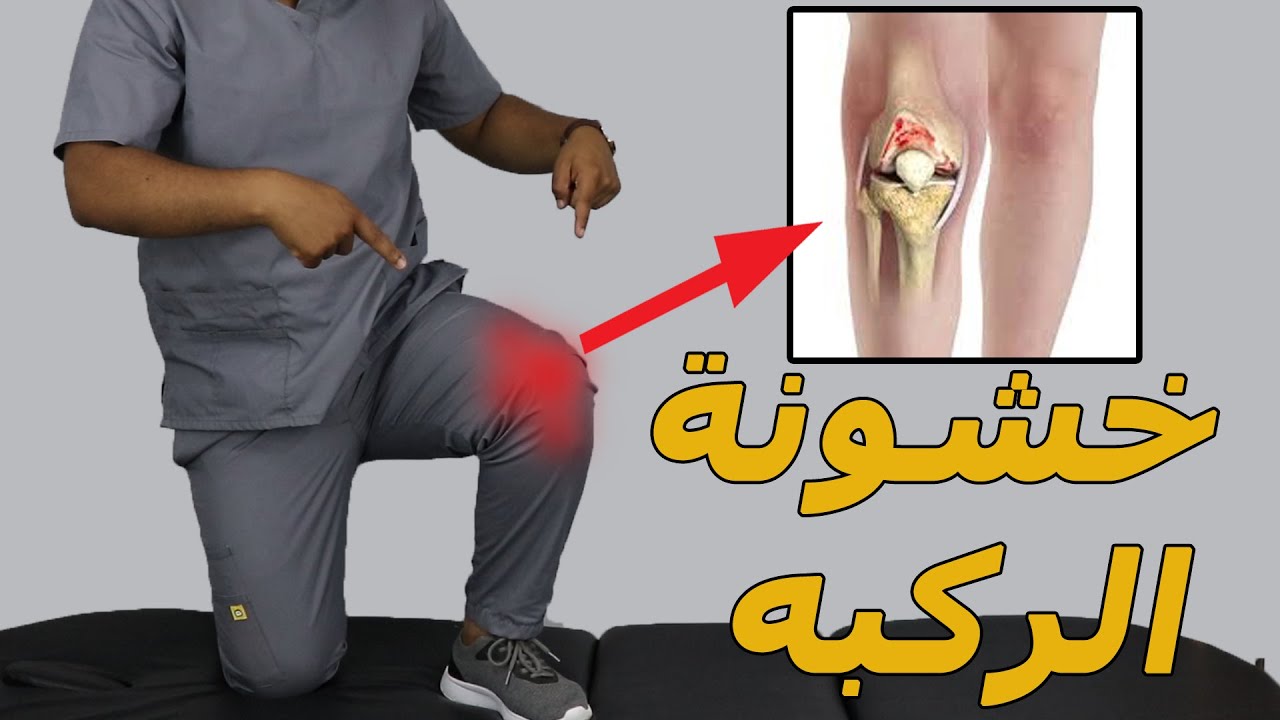Information about Ankle Sprains and their Grades!
Ankle, Undoubtedly, the ankle is subjected to many injuries, especially among athletes. In this article, we will learn about ankle sprains comprehensively, including their causes, symptoms, degrees, and therapeutic methods followed to get rid of this condition. You can follow us to answer all your questions.

Ankle
The ankle is one of the sensitive parts of the body and is highly prone to injuries and sprains. An ankle sprain occurs when the ankle is twisted or turned in an improper way, leading to a stretch or tear in the surrounding ligaments. The ankle is composed of three bones connected to each other: the tibia, fibula, and talus. These bones are connected by muscles, tendons, and ligaments. The ankle joint plays a crucial role in weight-bearing, foot movement, and body balance.
The ligaments surrounding the ankle may be stretched or torn as a result of the sprain, and a bone fracture may also occur due to the injury. The severity of the injury can range from mild cases that do not require special treatment to severe cases that may require surgical intervention.
Ankle sprains are generally treated by elevating the ankle and applying ice to reduce inflammation and pain. Some cases may require wearing a cast to immobilize the ankle and prevent movement. Physical therapy and rehabilitation exercises are recommended to strengthen the muscles surrounding the ankle, improve flexibility, and restore stability.
It is important to be cautious and take preventive measures to avoid ankle injuries, such as wearing appropriate shoes and using protective gear like ankle braces. If you experience any pain or discomfort in the ankle, you should consult a doctor to assess the condition and provide appropriate treatment. Prevention and proper ankle care are essential for maintaining foot health and preventing potential problems and disabilities.
You can recover with Dr. Amr Amal and get ready to return to your active life after ankle injuries.
What is an ankle sprain?
An ankle sprain is a common injury that occurs when the ankle is rolled or twisted beyond its normal range of motion. This usually happens as a result of running or walking on uneven surfaces or in an improper manner. When an ankle sprain occurs, the ligaments that hold the ankle in place are stretched or torn.
An ankle sprain is a painful and common injury, where the affected person experiences severe pain in the affected area and notices swelling in the joint. The pain can be intense and prevent the foot from moving completely, or it can be moderate and cause reduced ability to move and walk.
Degrees of Ankle Sprains
Ankle sprain injuries are among the most common injuries that people experience during athletic activities or even in their daily lives. This injury occurs when you twist, bend, or turn your ankle in an improper way, leading to a stretch or tear in the ligaments that hold the ankle in place.
One important aspect of understanding ankle sprain injuries is knowing their three different degrees, which we will explain in the following points:
First-degree Ankle Sprain:
This degree indicates a stretch and sprain of the lateral collateral ligament (LCL) in the ankle without a tear in the ligament. This injury is accompanied by mild swelling in the ankle, and there may be pain around the tendons. Usually, there are no bruises, and movement in the ankle joint is not significantly difficult. The affected person may have difficulty walking on the injured foot and may need to use crutches for assistance in movement. The healing period for this degree typically takes a few weeks.
Second-degree Ankle Sprain:
This degree indicates a partial tear in the lateral collateral ligament (LCL) in the ankle. The pain becomes more intense, and the swelling is more severe compared to the first degree. You may have difficulty bearing weight on the injured foot and need to restrict movement and use crutches for a longer period. The healing time in this case depends on the degree of the tear and may take several weeks to several months.
Third-degree Ankle Sprain:
This degree represents the most severe injury and indicates a complete tear of the lateral collateral ligament (LCL) in the ankle. In this case, the pain becomes extremely severe, and the swelling is highly elevated. Walking and movement in general become very difficult, and it is challenging to bear weight on the injured foot. Often, the patient needs to go to the emergency room or consult an orthopedist for immediate evaluation and proper treatment. This type of injury requires a long healing time, usually lasting several months.
Dr. Amr Amal provides innovative solutions for treating ankle injuries and restoring its natural beauty.
Causes of Ankle Sprains
Ankle sprains can occur for various reasons, and it may be difficult for people to know the actual causes of their injuries. Therefore, we will discuss some common causes of ankle sprains that can occur during daily activities or sports, which include:
- Sudden and rapid ankle movement:
Sudden and rapid ankle movement is one of the common causes of ankle sprains. When the ankle is subjected to an unexpected push or sudden movement, the ankle ligament may stretch and become damaged, causing an ankle sprain. - Falling from a height:
If you fall from a height, you may experience a strong impact on the ankle when landing on the ground. This can lead to stretching of the ligaments and an ankle sprain. - Improper sports practice:
Practicing sports improperly is one of the common causes of ankle sprains, especially when the ankle is subjected to inappropriate movements during training. These improper movements can lead to ligament tears and ankle sprains. - Daily activities:
Ankle sprains are not limited to sports activities; they can also occur during daily activities like walking, especially on uneven surfaces. Ankle sprains resulting from daily activities can be due to excessive strain on the ligaments. - Weak foot muscles:
Weak foot muscles may cause ankle sprains more commonly. When the muscles are weak, you will not be able to stabilize the ankle properly, increasing the likelihood of it being sprained. - Inappropriate shoes:
Shoes with poor ankle support can be another cause of ankle sprains. When the support is inadequate, it can contribute to ankle instability and increase the chances of a sprain.
If you would like to learn more about the causes and symptoms of ankle sprains and exercises that treat them, you can read the following article.
Symptoms of Ankle Sprains
1. Severe pain: Pain is the primary symptom of an ankle sprain. The affected person experiences acute and annoying pain in the affected ankle area, which increases when bearing weight on the injured ankle.
2. Swelling and inflammation: Swelling and inflammation occur in the injured ankle due to the inflammation resulting from the sprained ligaments. The ankle becomes larger and swollen than usual, and the person may notice changes in skin color.
3. Bruises: The injured ankle may develop bruises due to the injury and rupture of blood vessels. Some superficial bumps or blue spots may form on the skin in the affected area.
4. Restricted movement: The affected person may experience difficulty moving or bending the ankle normally. They may feel that movement is restricted or that they cannot bear weight on the injured foot.
5. Feeling of instability: The affected person may feel that the ankle is unstable and unable to support the body normally. They may feel afraid of falling or slipping while walking.
6. Difficulty walking: The affected person may have difficulty walking or walking normally due to the pain and swelling in the injured ankle.
7. Inability to engage in physical activity: The affected person may have difficulty engaging in physical activities or strenuous movements due to the weakness and restriction of the injured ankle.
In general, people who suspect they have an ankle sprain should visit a doctor for proper diagnosis and appropriate treatment. Do not ignore the symptoms of an ankle sprain, as the injury may worsen, and the recovery time may be prolonged.

How is an Ankle Sprain Diagnosed?
Ankle sprains are common injuries that occur due to a sudden and unusual movement of the joint. This sudden movement can result in a tear in the joint capsule or surrounding ligaments. To diagnose this injury, a clinical examination and appropriate imaging techniques are used.
The first step in diagnosing an ankle sprain is a clinical examination. The doctor evaluates the injured joint and checks for any swelling, inflammation, or pain. Doctors usually determine the severity of the injury based on how it occurred and the accompanying symptoms.
After that, imaging techniques are used to confirm the diagnosis and rule out any accompanying fractures. This involves X-rays that show the bone structure of the joint, and any fractures or damage to the surrounding tissues can be identified.
Additionally, magnetic resonance imaging (MRI) is used in some cases to obtain detailed cross-sectional images of the soft internal ankle tissues. MRI uses radio waves and a strong magnetic field to produce images. You can receive specialized and advanced care for your ankle with Dr. Amr Amal.
Treatment of Ankle Sprains
- Rest and massage:
- Rest is one of the essential elements in treating ankle sprains. Patients are advised to avoid bearing weight on the injured foot and refrain from activities that increase pain and swelling.
- Massage can be beneficial in improving blood flow and reducing pain and swelling. The injured foot is gently massaged using circular and gentle movements.
- Applying ice:
- Applying ice helps reduce pain and swelling. It is recommended to apply ice for 15-20 minutes every hour for 24 to 48 hours after the ankle sprain occurs.
- The ice should be placed in a plastic bag and applied over the affected foot, avoiding direct contact with the skin.
- Bandaging:
- Bandaging can be used to compress and stabilize the injured ankle. This helps reduce swelling and provide support for the damaged ligaments.
- The bandage should be applied firmly but not too tightly. It is advisable to consult a healthcare professional for guidance on the proper application of the bandage.
- Elevation:
- Elevating the injured foot helps reduce swelling and pain. A pillow or folded towel can be placed under the foot to keep it elevated.
- It is recommended to elevate the foot above the level of the heart for maximum benefit.
- Rehabilitative exercises:
- Rehabilitative exercises can help strengthen the muscles around the ankle and improve balance and flexibility.
- The exercises should include stretching, contracting, and moving the ankle in all directions. These exercises should be performed gently and after consulting a physical therapist.
- Medication:
- Some patients may require medication to relieve pain and swelling. Common medications used are non-steroidal anti-inflammatory drugs (NSAIDs), which help reduce inflammation and pain.
- Consult a doctor before taking any medication to receive proper guidance.
Complications of Ankle Sprains
Although most ankle sprain cases are mild and require rest and self-care, some complications may arise that necessitate medical attention. In this article, we will discuss some common complications of ankle sprains, their symptoms, and their treatment methods, including:
- Ligament tears:
An ankle sprain can lead to a tear in the ligaments surrounding the joint. Common symptoms of this complication include acute pain, ankle swelling, localized swelling, and difficulty moving or walking normally. Consulting a doctor is necessary to diagnose and treat this problem. - Bone fractures:
In cases of severe ankle sprains, there is a risk of fractures in the surrounding bones, such as a fracture in the lateral malleolus or the medial malleolus. Common symptoms of this complication include severe pain, severe swelling, and inability to walk or use the foot normally. It is essential to undergo a medical examination and X-rays to confirm the presence of a fracture and receive appropriate treatment. - Muscle weakness and loss of balance:
An ankle sprain can result in weakness of the surrounding ankle muscles and loss of balance. This can lead to difficulty walking or performing daily activities normally. Physical therapy and muscle strengthening exercises can help the ankle recover and improve stability. - Arthritis:
Arthritis is a rare complication of ankle sprains, and it may involve joint pain, swelling, and difficulty moving the ankle. It is recommended to visit a doctor to assess the condition and provide appropriate treatment. - Recurrent ankle sprains:
Recurrent ankle sprains may increase the risk of the aforementioned complications. There may be a permanent weakening of the ligaments or loss of balance due to repeated ankle sprains. It is important to follow physical therapy rehabilitation programs and strengthen the muscles to reduce this risk.
For more information on ankle sprains and when they can be dangerous, we recommend this article.
What is the Course of Ankle Sprain Disease?
The course of ankle sprain disease is one of the most common injuries people suffer from. This condition occurs when there is an improper twist or bend of the ankle, causing a tear or strain of the painful ligaments that connect the bones. Due to the nature of this injury, pain, swelling, and inability to move normally are common symptoms of this condition.
Treating an ankle sprain is important to allow for proper healing and to avoid potential complications. Natural treatment for this condition may include using ice to reduce pain and swelling. Cold packs can be applied to the affected area for 15-20 minutes. Rest for the foot and restricted movement for a certain period are also recommended to allow the body to deal with the injury.
After that, physical therapy and rehabilitation sessions can begin to strengthen the muscles surrounding the ankle and restore the normal range of motion. Physical therapy also ensures addressing any lingering issues from the injury, such as imbalance and loss of control over movements.
The course of ankle sprain disease may take time for complete healing. However, most people experience significant improvement within a few days after starting treatment. Therefore, it is advisable to adhere to physical therapy and follow the doctors’ instructions to accelerate the healing process and maintain foot health after an ankle sprain. Therefore, smile for hassle-free steps with comprehensive ankle treatment from Dr. Amr Amal.
Tips for Living with Ankle Sprains
- Rest and warm-up: It is recommended to avoid straining the injured ankle and avoid prolonged standing on it. When movement is necessary, it is advisable to wear comfortable and supportive shoes. Before engaging in physical activities or exercises, the patient should perform warm-up exercises for the ankle and foot.
- Ice Application: Applying ice may help reduce pain and swelling in the ankle. It is recommended to place an ice pack wrapped in a cloth on the affected area for 15-30 minutes, several times a day, especially during the first or second day of the injury.
- Compression and Elevation: Placing light pressure on the injured ankle can reduce swelling and improve blood flow. A compression bandage can be used to stabilize the ankle and reduce unnecessary joint movement. Elevating the injured ankle above the level of the patient’s heart, when sitting or lying down, is also beneficial in reducing ankle swelling.
- Gentle Massage: Gentle massage techniques can be used to relieve tension and improve blood flow in the injured ankle area. It is preferable to use moisturizing massage oils and avoid applying excessive pressure to the ankle.
- Mobility and Comprehensive Exercises: Over time and as the condition of the injured ankle improves, it is recommended to start exercises to strengthen the muscles around the ankle. Consulting with a doctor or physical therapist for specific exercises that help enhance ankle stability and strengthen important movement muscles is advisable.
- Preventing Future Injuries: After recovering from an ankle sprain, taking precautions to avoid re-injury is recommended. Wearing proper and supportive ankle shoes during sports activities or strenuous physical work is essential. Strengthening muscles, improving balance, and overall body stability through stability and strengthening exercises are also advised.
- Consulting a Doctor: If pain persists or symptoms worsen, it is advisable to seek medical attention for evaluation and appropriate treatment.
Remember that these tips are not a substitute for consulting a specialized doctor, and your specific condition may require additional guidance for treatment and complete recovery from an ankle sprain.
How to Prevent Foot Ankle Sprains?
For many athletes and others, ankle sprains are a common problem that causes pain and injuries. To prevent this problem, some simple measures and precautions can be taken. In this article, we will highlight how to prevent foot ankle sprains through various methods, including:
- Wearing Proper Shoes: Choose shoes that fit your foot shape and size. It is preferable to use shoes that provide adequate support for the ankle and natural foot arch. Avoid shoes that are too tight or not suitable for your foot.
- Strong Ankle Exercises: Perform exercises aimed at strengthening the ankle muscles and improving stability. Some effective exercises include shoulder circles, side tilts, and balance maintenance. These exercises can be done regularly as part of your exercise program.
- Warm-Up Before Exercising: It is important to warm up before exercising or engaging in any sports activity. This helps increase blood flow and improve muscle and tendon flexibility before they are subjected to stress.
- Use Ankle Straps: Ankle straps or adjustable bands can be used to provide additional support to the ankle and reduce the risk of spraining it. These straps can be worn during sports or activities that require frequent and varied foot movement.
- Maintain a Healthy Weight: Maintaining a healthy and appropriate weight is an important factor in preventing ankle sprains. Obesity and excess weight increase pressure on the joints and make them more susceptible to injury.
- Relieve Foot Pressure: Ankle sprains can be reduced by relieving foot pressure. It is helpful to regularly change positions when standing or sitting for long periods. Use comfortable foot cushions and wear compression socks to improve blood circulation.
- Consult a Doctor: If there are ongoing problems in the ankle or severe pain, you should consult a doctor or sports specialist. They may examine the ankle, provide consultation, and offer appropriate treatment.
Dr. Amr Amal uses advanced techniques for effectively treating ankle sprains.

Best Orthopedic Doctor Specializing in Foot Ankle
In precision and skill in the field of orthopedic surgery, Dr. Amr Amal is one of the prominent doctors and consultants in Egypt. This doctor has an excellent reputation in treating bone problems, especially in his specialization as a foot and ankle surgeon.
Dr. Amr Amal has extensive experience and broad knowledge in all aspects of this specialization. He holds a doctoral degree and is a member of the Egyptian Orthopedic Association, reflecting his dedication and readiness to be at the forefront of the field.
He is known for his skill in ankle and foot surgery. His extensive experience includes bone fracture repair procedures, hip joint replacement, bone defect removal surgeries, conservative treatments for foot and ankle problems, ligament reconstruction surgeries, and many other surgical procedures. Dr. Amr Amal provides high-quality services to patients using modern techniques and stays updated with scientific and medical advancements.
His professional practice focuses on providing comprehensive medical care to patients. Dr. Amr is particularly interested in providing appropriate care and designing a treatment plan that meets the needs of each patient. He works carefully and precisely to address bone problems and restore foot and ankle movement to normal.




